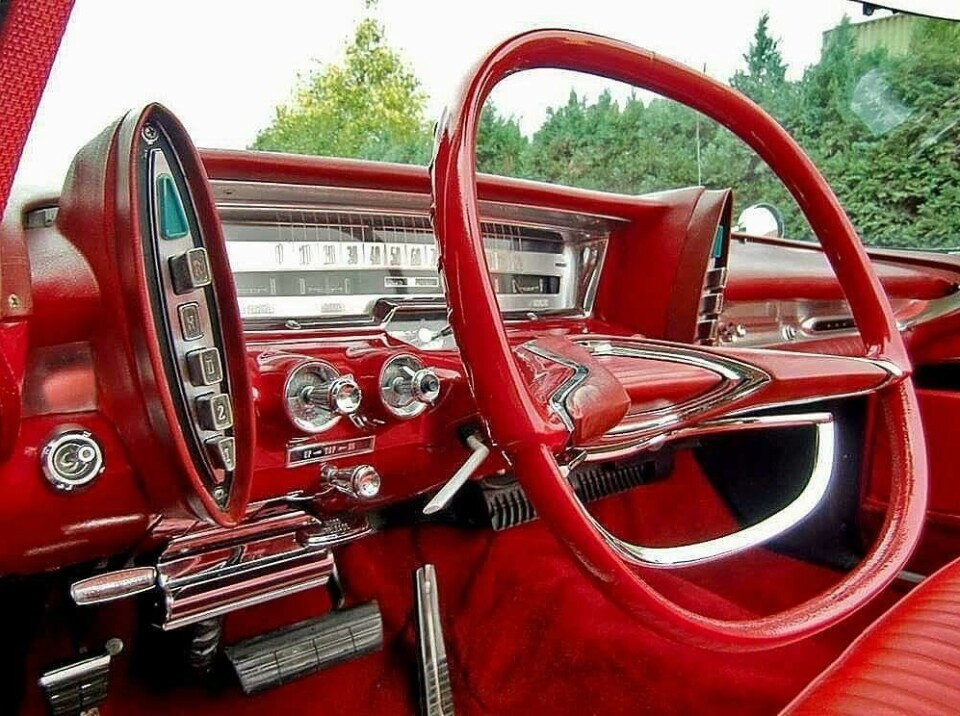
Flashback: the origins of the speedometer
An instrument so ubiquitous we hardly notice it, the speedometer was once a marvel of the emerging automotive age
If you are venturing out for that holiday road trip to Grandma’s, watch your speed – the local constabulary certainly will be. The instrument that informs you of your speed can be also be seen as an unwelcome nanny, especially annoying to those with a lead foot.
Speedometers are so commonplace, it’s easy to think they have always been a part of a car. But the car preceded the instrument, and soon both engineers and law enforcement authorities saw the need for measuring speed, for different reasons, of course.
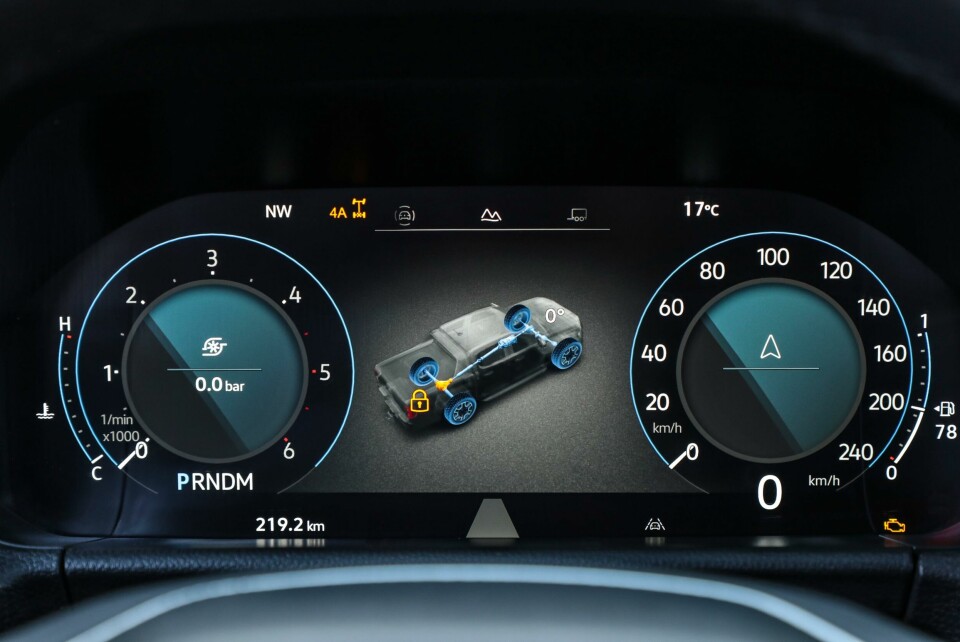
Precursors to the speedometer included the ‘velocimeter’ by Josip Belušić, introduced at the Paris exhibition of 1889 and subsequently installed on a number of horse-drawn carriages in Paris. Charles Babbage, considered by many to be the father of the computer, invented a speedometer that was used on locomotives.
The first automotive speedometer was invented by Arthur P. Warner, who adapted one of the instruments he devised for measuring the speeds of industrial cutting tools, called a cut-meter. He installed this on his 1901 Oldsmobile “curved dash” Runabout, and soon his company Warner Electric* was supplying Oldsmobile, as well as Overland and Cadillac, gradually growing to supply about 90 percent of the cars produced in the US with the magical instrument.
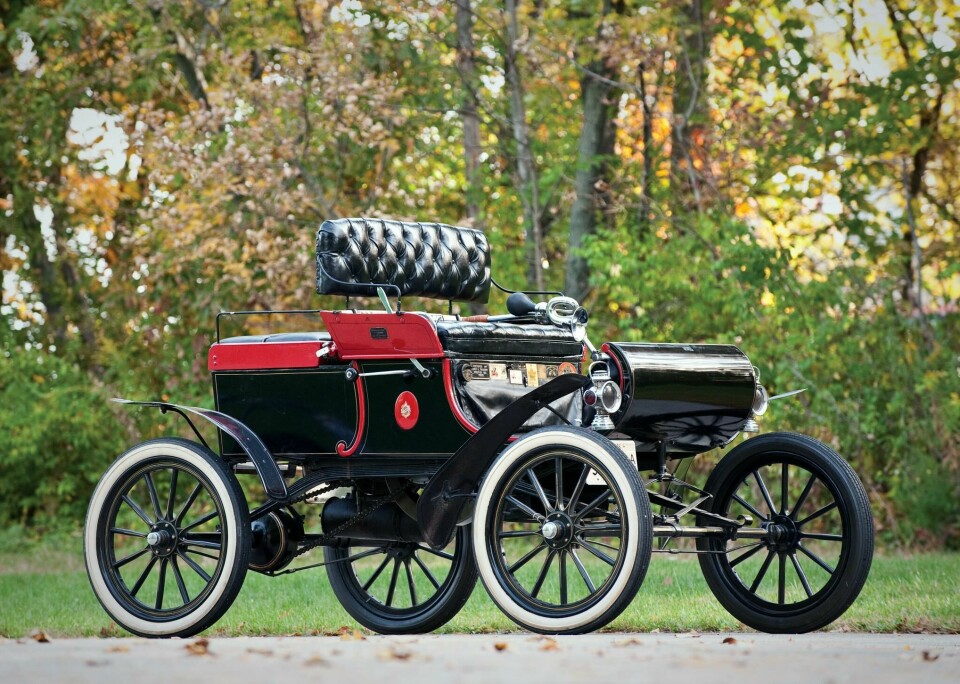
Other inventors improved on his concept, namely Otto Schulze in 1902 and Nicola Tesla in 1916. Drive cables powered these early speedometers by attaching to the back of the transmission, or to the front wheels.
But in an early lesson in UX/UI, early speedometers were hard to read and not illuminated for night-time driving. By 1920 more and more speedometers were integrated into the transmission housings of production cars, and, with refinements, this became the model of speed measurement until the 1970s.
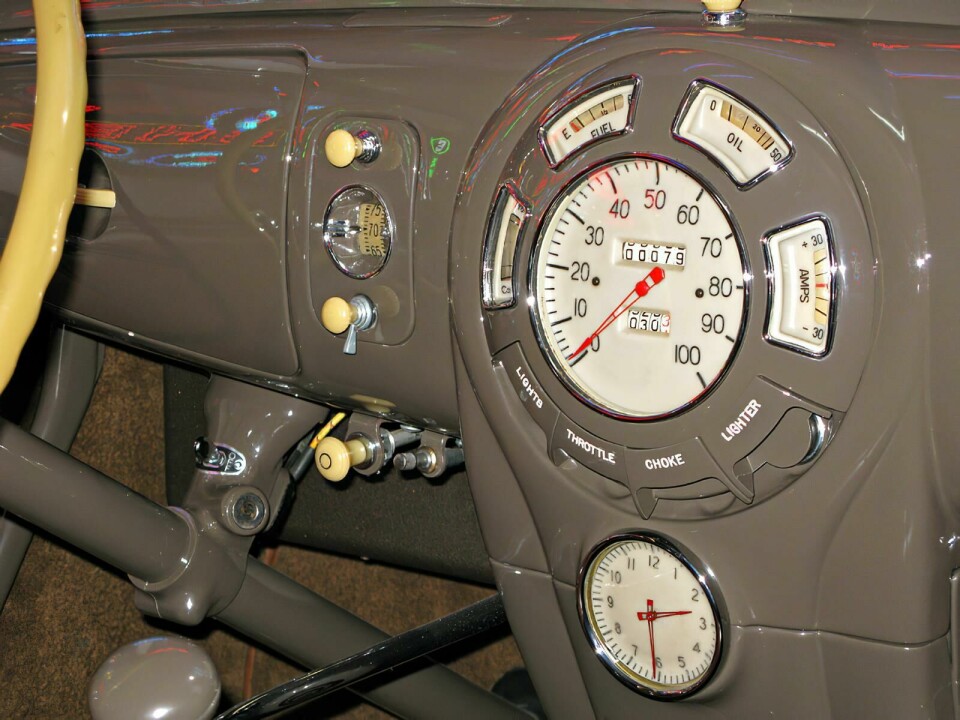
Then Aston Martin changed the game with the 1976 Lagonda (Series 2, the first of the Towns’ designed wedges) which featured an electronic dashboard and a digital speedometer.
These were followed by the Series 3, where the speed was projected on a CRT screen, which proved notoriously unreliable, and used a primitive Z80 CPU – a variation of the old Intel 8080 chip most commonly remembered as the brains behind Pac-Man arcade machines of the time. The Lagonda’s electronic instrumentation was extraordinarily expensive to develop, but had “future” written all over it, and matched the futuristic wedgey exterior.
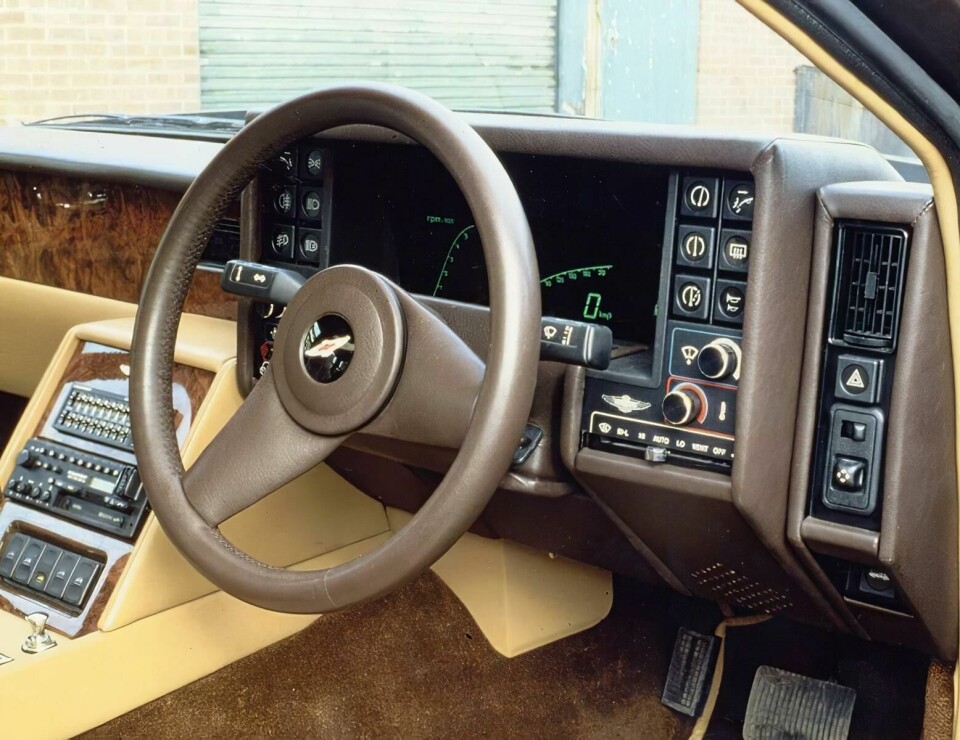
Even in an era where we can see autonomous cars coming over the horizon, we can rest assured that speedometers will be with us for quite a while yet. They will remain both a blessing and means to hold those of us with a heavy right foot accountable.



